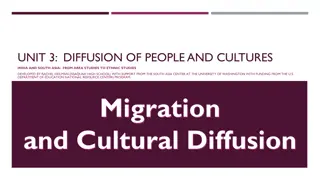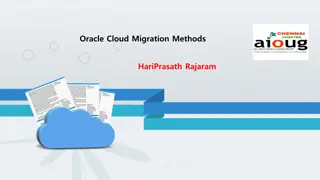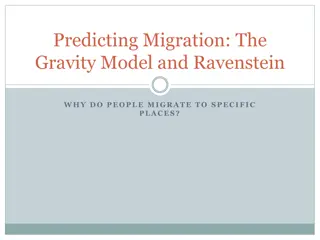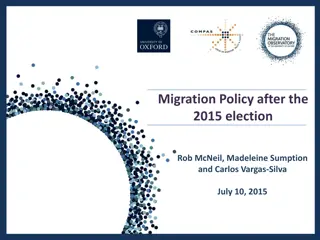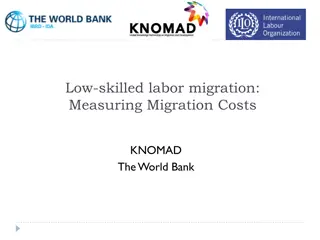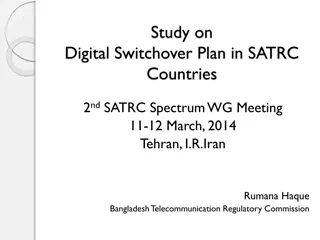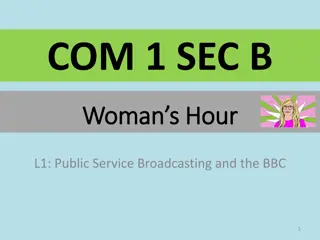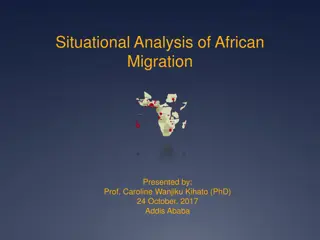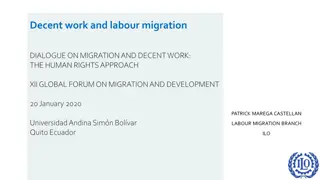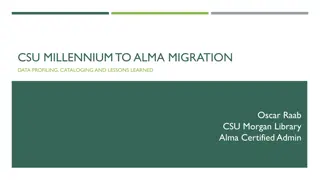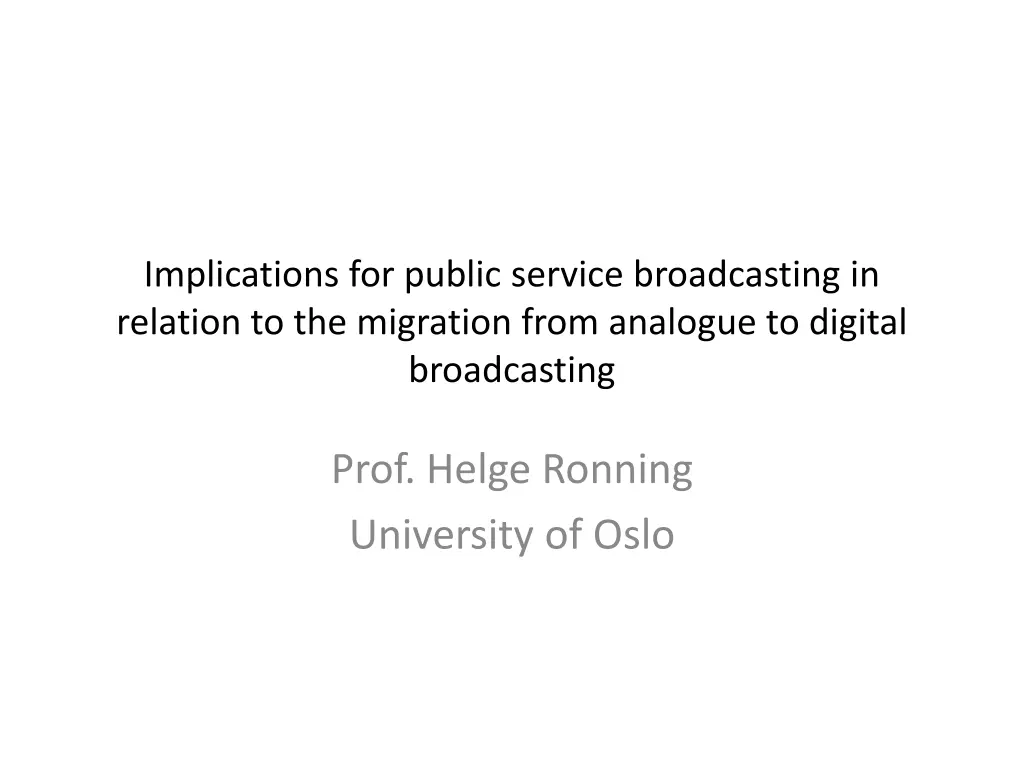
Implications for Public Service Broadcasting in the Digital Era
Explore the implications of migrating from analog to digital broadcasting for public service broadcasting, as discussed by Prof. Helge Ronning from the University of Oslo. Learn about the Four Pillars of the Media Welfare State and the key aspects shaping the future of public broadcasting.
Download Presentation

Please find below an Image/Link to download the presentation.
The content on the website is provided AS IS for your information and personal use only. It may not be sold, licensed, or shared on other websites without obtaining consent from the author. If you encounter any issues during the download, it is possible that the publisher has removed the file from their server.
You are allowed to download the files provided on this website for personal or commercial use, subject to the condition that they are used lawfully. All files are the property of their respective owners.
The content on the website is provided AS IS for your information and personal use only. It may not be sold, licensed, or shared on other websites without obtaining consent from the author.
E N D
Presentation Transcript
Implications for public service broadcasting in relation to the migration from analogue to digital broadcasting Prof. Helge Ronning University of Oslo
The Four Pillars of the Media Welfare State 1: An organization of vital communication services that underscores their character as public goods, with extensive cross-subsidies and obligations toward universality. 2: A range of measures used to institutionalize freedom from editorial interference and self- governance in day-to-day operations. 3: A cultural policy that extends to the media in the form of content obligations and support schemes that aim to secure diversity and quality. 4: A preference for consensual solutions that are durable and involve cooperation between main stakeholders: the state, media and communication industries and the public.


